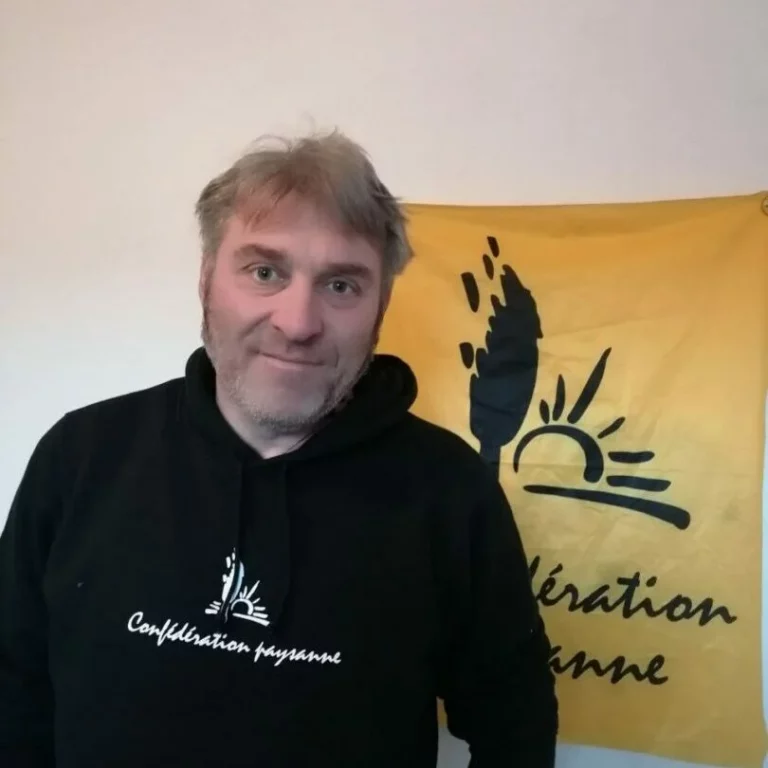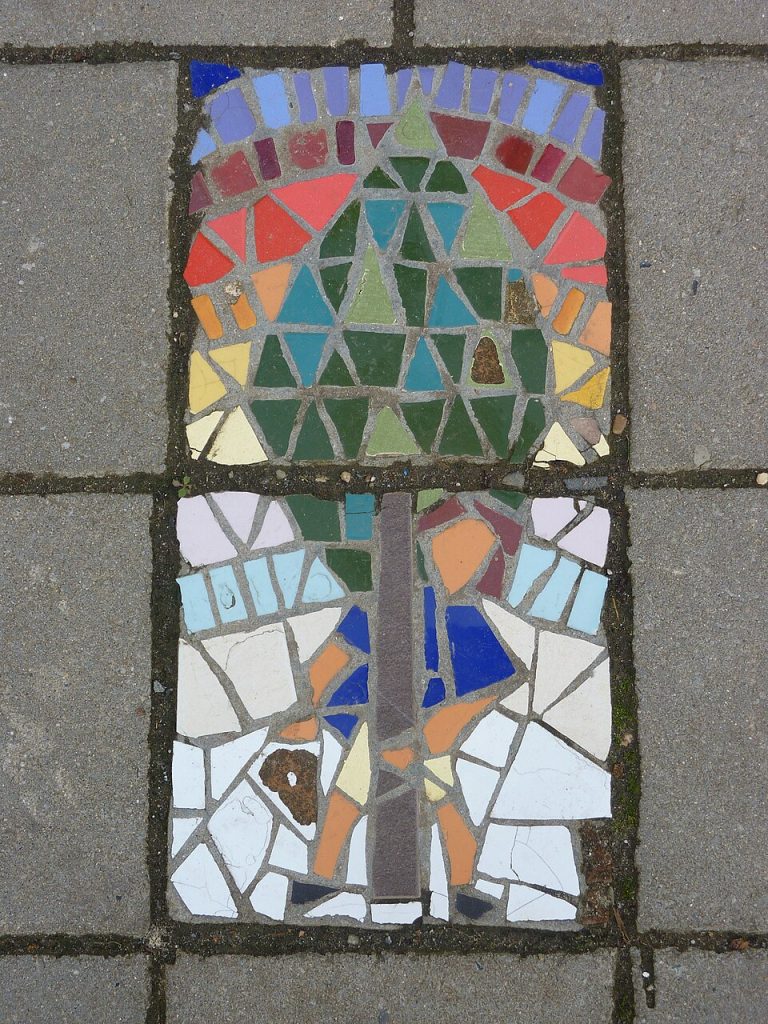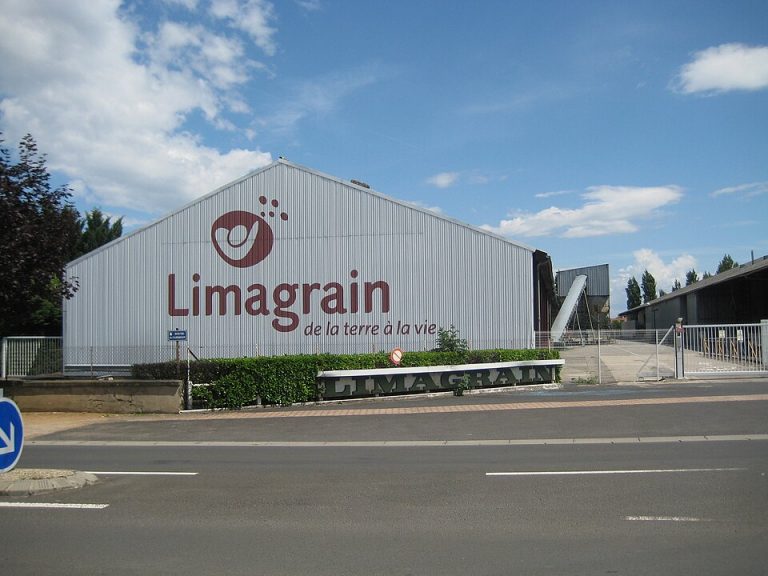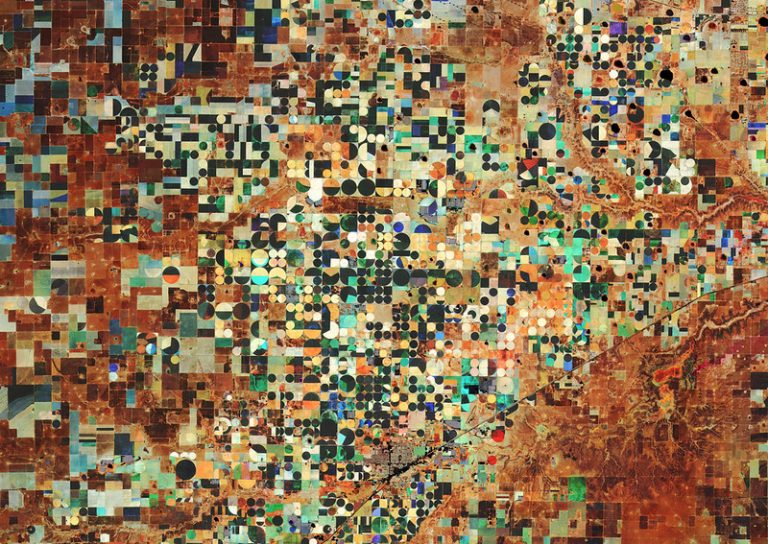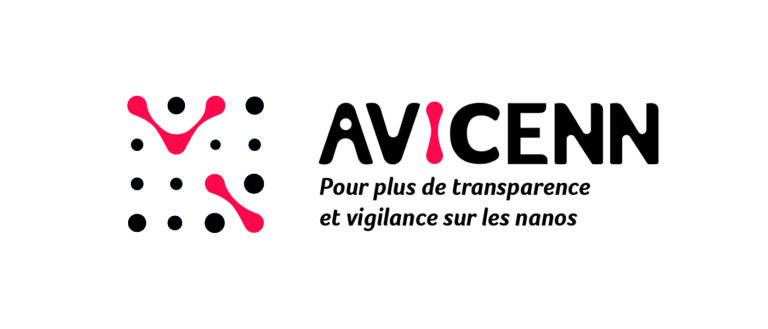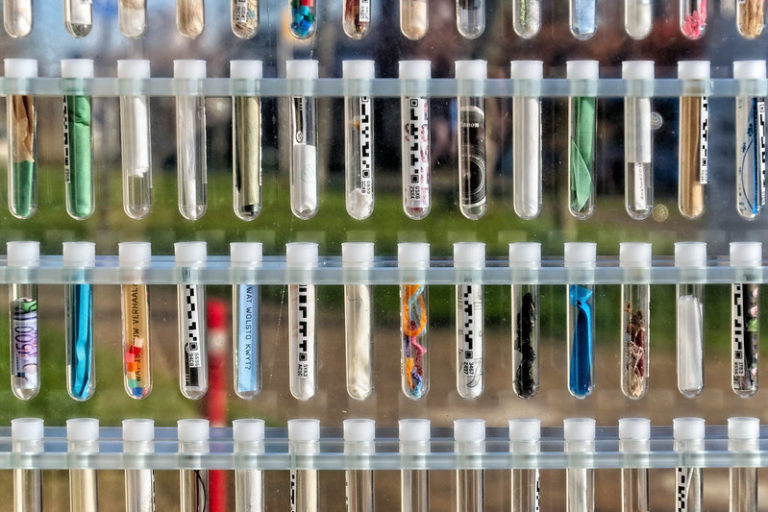Superficie cultivée en OGM en 2001
SUPERFICIE – L’augmentation des surfaces de cultures transgéniques entre 2000 et 2001 de 19% n’est pas corrélative d’une augmentation des pays qui en cultivent, ni des espèces cultivées (soja, coton, colza et maïs). 52,6 millions d’ha ont été ensemencés avec des OGM en 2001, soit environ 8,5 millions d’ha de plus que l’année précédente. Les Etats-Unis (68 % avec 35,7 millions d’ha), l’Argentine (22 %, avec 11,8 millions d’ha), le Canada (6 % avec 3,2 millions d’ha) et la Chine (3 % avec 1,5 millions d’ha) représentent 99% des surfaces cultivées en OGM en 2001.
Global GM Crop Area Continues to Grow and Exceeds 50 Million Hectares for First Time in 2001
The Annual Global Review of Commercialized Transgenic (GM) Crops, conducted by Dr Clive James, Chairman of the ISAAA Board of Directors, features comprehensive information on transgenic crops grown globally in 2001 ; the following are the highlights :
The estimated global area of transgenic or GM crops for 2001, is 52.6 million hectares (has.) or 130.0 million acres, grown by 5.5 million farmers in thirteen countries. 2001 is the first year when the global area of GM crops has exceeded the historical milestone of 50 million has.
The increase in area between 2000 and 2001 is 19%, equivalent to 8.4 million has. or 20.8 million acres. This increase is almost twice the corresponding increase of 4.3 million has. between 1999 and 2000, which was equivalent to an 11% growth.
During the six-year period 1996 to 2001, global area of transgenic crops increased more than 30-fold, from 1.7 million has. in 1996 to 52.6 million has. in 2001.
More than one quarter of the global transgenic crop area of 52.6 million has. in 2001, equivalent to 13.5 million has., was grown in six developing countries. Indonesia commercialized Bt cotton for the first time in 2001.
In 2001, four principal countries grew 99% of the global transgenic crop area. The USA grew 35.7 million has. (68% of global total), followed by Argentina with 11.8 million has. (22%), Canada 3.2 million has. (6%) and China 1.5 million has. (3%) ; China had the highest year-on-year percentage growth with a tripling of its Bt cotton area from 0.5 million has. in 2000 to 1.5 million has. in 2001.
Globally, the principal GM crops were GM soybean occupying 33.3 million has. in 2001 (63% of global area), followed by GM corn at 9.8 million has. (19%), transgenic cotton at 6.8 million has. (13%), and GM canola at 2.7 million has. (5%).
During the six-year period 1996 to 2001, herbicide tolerance has consistently been the dominant trait with insect resistance second.
In 2001, herbicide tolerance, deployed in soybean, corn and cotton, occupied 77% or 40.6 million hectares of the global GM 52.6 million has., with 7.8 million has. (15%) planted to Bt crops, and stacked genes for herbicide tolerance and insect resistance deployed in both cotton and corn occupying 8% or 4.2 million has. of the global transgenic area in 2001.
The two dominant GM crop/trait combinations in 2001 were : herbicide tolerant soybean occupying 33.3 million has. or 63% of the global total and grown in seven countries ; and Bt maize, occupying 5.9 million has., equivalent to 11% of global transgenic area and planted in six countries ; the other six GM crops occupied 5% or less of global transgenic crop area.
On a global basis, 46% of the 72 million has. of soybean grown worldwide were GM in 2001- up from 36 % in 2000 ; 20% of the global 34 million has. of cotton were GM – up from 16 % in 2000 ; global areas planted to GM canola and maize, were unchanged from 2000 at 11% of the 25 million has. of canola, and 7% of the 140 million has. of maize. If the global areas (conventional and transgenic) of these four principal GM crops are aggregated, the total area is 271 million has., of which 19% is GM, up from 16% in 2000.
In the first six years, 1996 to 2001, a cumulative total of over 175 million has. (almost 440 million acres) of GM crops were planted globally and met the expectations of millions of large and small farmers.
The number of farmers that benefited from GM crops increased from 3.5 million farmers in 2000 to 5.5 million in 2001. More than three-quarters of the farmers that benefited from GM crops in 2001 were resource-poor farmers planting Bt cotton, mainly in China and also in South Africa.
There is cautious optimism that global area and the number of farmers planting GM crops will continue to increase in 2002
The above are excerpts from « Global Review of Commercialized Transgenic Crops : 2001 », by Clive James, ISAAA Briefs No. 24 : Preview. For media inquiries please contact Tel +1-345-947-1839 from 9.00 A.M. to 5.00 P.M. EST, New York, USA. The publication and further information can be obtained from ISAAA’s SoutheastAsia Center : e-mail publications@isaaa.org. Cost of the publication, ISAAA Briefs No. 24, is $US 25.00 including postage. The publication is available free of charge to nationals of developing countries.
Copyright © 2002. ISAAA. Copyright Statement.





